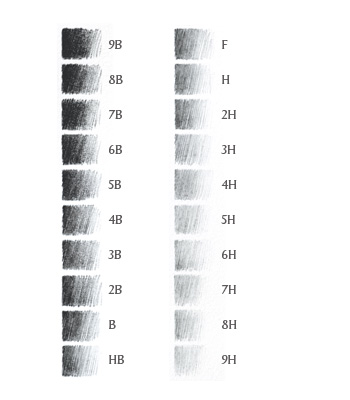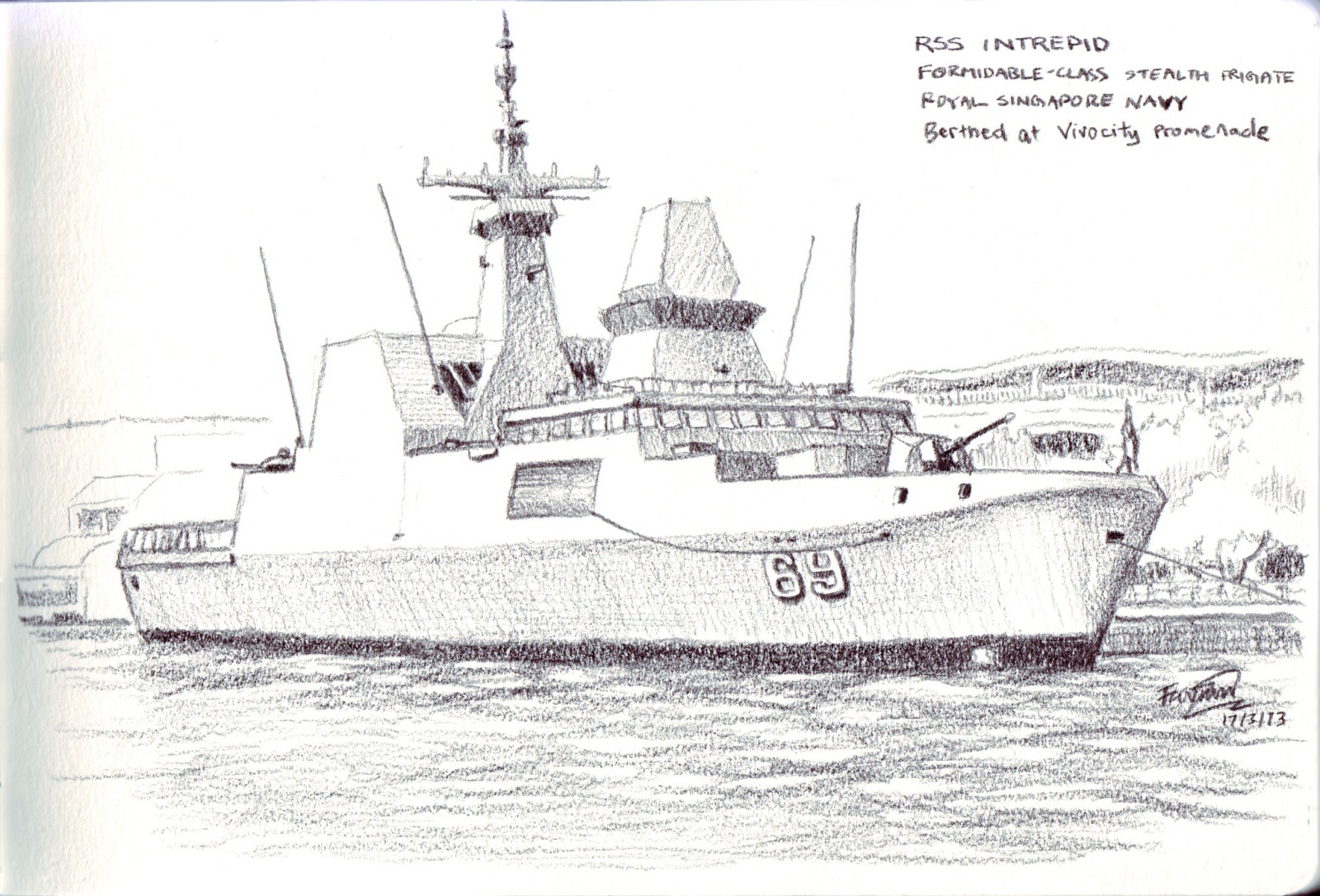E R A S E R S
If you're just starting off sketching, chances are your confidence level isn't very high. Erasers may soon become your best friend if you're not careful, when your best friend should be your pencil. After all, you want to draw, not remove your drawing. But having the security of a safety net that allows you to "Undo" your mistakes is tempting... very tempting... Too tempting, in fact, that many become overly dependent on them that they spend most of the time erasing than drawing, and they miss out on learning how to draw, and learning things from their mistakes, or how to cover up their mistakes.
So before I start, I'd like to suggest that you DON'T bring an eraser out when you go sketching. Get to know your pencil first.
Benefits Of NOT Using an Eraser
I'm not going to start this post like the earlier ones by recommending erasers, since I've already started by telling you not to use them too much. What I'd like to start with, rather, is to share some benefits of NOT using an eraser when you're starting off. Here are 10 reasons I can think of:
- It helps you spend more time using the pencil and getting to know it. Trust me, there's a lot to learn about using the pencil and making marks on your paper.
- It forces you to think of DRAWING rather than ERASING.
- It forces you to be more thoughtful and careful with your linework if you don't have an "undo" function.
- It trains your eyes and muscle memory for pencil (rather than eraser) usage.
- It trains your comfort and confidence in using your drawing tools.
- It forces you to learn from mistakes, and learn how to cover them up without erasing.
- Erasing can leave ugly marks that you cannot remove.
- Erasing can scratch and damage your paper, and risk crumpling it.
- Erasing can smudge your pencilwork.
- Eraser dust can be hard to get off your paper, and if you try dusting it off with your hand, you're going to leave smudges and fingerprints on your pencilwork.
Erasers to NOT Use
Having said that, I think most beginners will still use erasers anyway. Erasers are not evil. But if you're using it too much, you're using it wrong. And if you're using the wrong type, you have a good chance of ruining your artwork. That's why I'm so fussy with my erasers - but more of that later.
There are a couple of types of erasers that you should avoid like the plague if you're drawing, unless you absolutely know what you are doing. The first is the ink eraser. I don't have a photo cos I don't own those (Get thee behind me!). They are usually blue and hard, and have glittery specks in them. Why they should be avoided at all costs is because they damage your paper surface. That's how they get ink (which is not erasable) off - they sand the surface right off your paper! If you use those things and erase one spot of your paper long enough, you're going to erase a hole right through it. Guaranteed.
The second type of eraser that should be avoided is the type you typically find at the end of wood pencils.
These erasers are usually poor quality and will leave a black mark on your paper. If you don't believe me, try it for yourself. Then go get a proper eraser.
Erasers I Use (and Why)
I am very particular with my erasers because when I was younger, I drew a lot, and I found that some erasers (and some papers) left an ugly mark. So I started looking for good erasers (and good sketchbooks with papers that erase well). One of the early erasers I liked was the Mono plastic eraser made by Tombow. It's pretty soft and erases pretty well. (They apparently have different varieties now). Some of my sketcher friends still love it, but I've moved on. Today I use Pentel erasers, but not just any Pentel erasers. I'm particularly partial to the Hi-Polymer Soft plastic erasers.
The two erasers above are practically the same. They do come in different shapes and sizes though. The reason I like them is because they are soft (and so don't scratch the paper surface) and their eraser dust sticks together (so you don't have a lot of small dust particles which are hard to remove). They're easily available at stationery stores.
Of course, the best thing to do is experiment to find the best eraser for your needs. Do note, however, that different erasers may interact with different papers in slightly different ways.
When Erasing Can Be A Good Thing
Having said so much about not using erasers, there are times when using them can be a good thing. In computer terms, it would be using them as a "brush" rather than an "undo" tool. In other words, they are at their best when you are you using them to draw rather than erase.
"Drawing with an eraser?" That may sound weird to some. After all, aren't erasers meant to be used to erase rather than draw? Well, not really. Let me introduce you to a particular type of eraser.
 | ||
| BEHOLD! The Kneadable Eraser! |
 |
| Singapore National Library. charcoal The grids on the background buildings and some highlights on the left, etc. were drawn using a kneaded eraser. |
In other words, erasers can be used effectively not simply to erase mistakes, but to create deliberate marks as part of your drawing (such as creating highlights). You can use kneaded erasers or just normal ones, or a sliver cut out from your normal eraser for finer work.
Finally before we go, there's one more thing kneaded erasers are good for....
 |
| If you need to get away from your sketch for a bit, a kneaded eraser can provide endless possibilities of entertainment! |


























